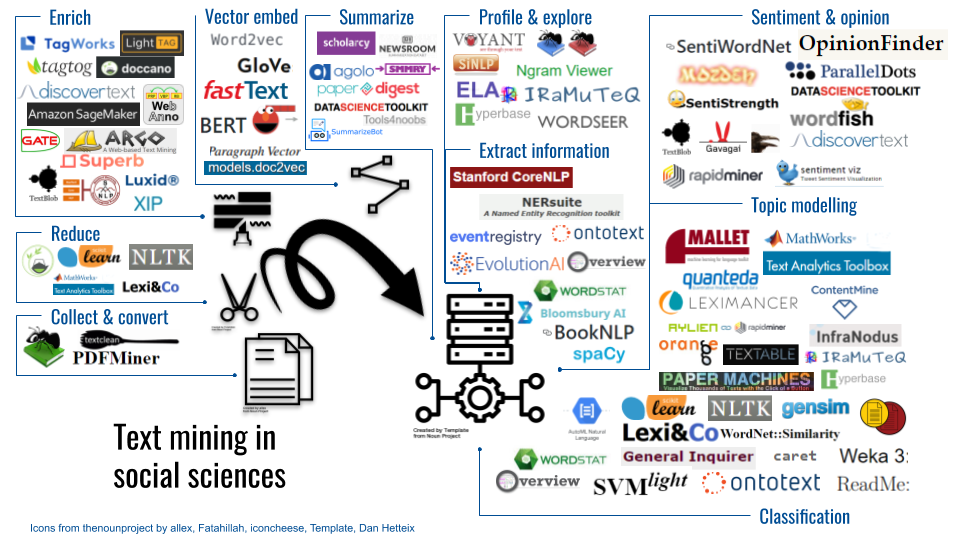In today’s digital age, businesses are constantly bombarded with vast amounts of unstructured data in the form of text from sources such as social media, customer reviews, emails, and more. Making sense of this data can be a daunting task, but with the help of text analytics, businesses can extract valuable insights that can drive informed decision-making.
What is Text Analytics?
Text analytics is the process of analyzing unstructured text data to uncover insights, trends, and patterns. By using natural language processing (NLP) and machine learning algorithms, text analytics tools can identify key themes, sentiments, and entities within a body of text.
The Importance of Text Analytics
Unstructured data makes up a large portion of the data that businesses collect, but without the right tools to make sense of it, this data remains untapped potential. Text analytics can help businesses unlock the value hidden within their unstructured data by providing a deeper understanding of customer preferences, market trends, and competitor insights.
Benefits of Text Analytics
There are several key benefits to using text analytics in the tech niche, including:
1. Sentiment Analysis
By analyzing the sentiment of text data, businesses can gain a clearer picture of how customers feel about their products or services. This information can be used to improve customer satisfaction, identify areas for improvement, and enhance brand reputation.
2. Trend Analysis
Text analytics tools can help businesses identify trends in customer behavior, industry developments, and competitor activities. By staying ahead of trends, businesses can make informed decisions and capitalize on opportunities before their competitors.
3. Customer Feedback Analysis
Customer feedback is a valuable source of insights for businesses, but manually analyzing large volumes of feedback is time-consuming and inefficient. Text analytics tools can automate the process of analyzing customer feedback, providing businesses with actionable insights to improve products, services, and customer experiences.
4. Content Classification
By categorizing text data into different topics or themes, businesses can better organize and manage their data. This can help businesses identify emerging trends, segment customers based on interests, and personalize marketing campaigns for better engagement.
Challenges of Text Analytics
While text analytics can provide valuable insights, there are also challenges to consider. Some of the common challenges include:
1. Data Quality
Unstructured text data can vary in quality, with issues such as misspellings, abbreviations, and slang terms posing challenges for text analytics tools. Businesses need to ensure that their data is cleaned and preprocessed before analysis to ensure accurate results.
2. Language and Cultural Differences
Text analytics tools may struggle to accurately analyze text data in multiple languages or dialects, as nuances in language and cultural references can impact the results. Businesses operating in diverse markets need to consider these factors when implementing text analytics.
3. Privacy and Data Security
When analyzing text data, businesses need to ensure that they are compliant with data privacy regulations and maintain the security of sensitive information. Data breaches and privacy violations can have serious consequences for businesses, so it’s essential to implement robust security measures when using text analytics tools.
Conclusion
Text analytics is a powerful tool for businesses in the tech niche looking to extract insights from unstructured data. By leveraging the capabilities of text analytics tools, businesses can gain a competitive edge, improve customer satisfaction, and drive strategic decision-making based on data-driven insights.
Are you ready to harness the power of text analytics for your business? Contact us today to learn more about how text analytics can unlock the hidden potential of your unstructured data.
